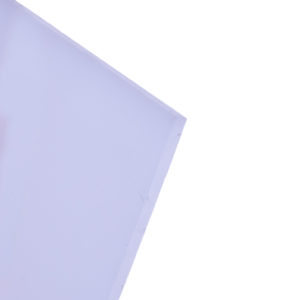LDPE (Low Density Polyethylene), also known as a polyolefin material, is a semi-crystalline thermoplastic material, with a continuous use temperature range of up to 200° F (93° C). It is categorized as a standard material, and offers strong chemical resistance, high flexibility, and low moisture absorption.
Benefits of Low Density Polyethylene (LDPE)
Lightweight
Good impact resistance
Extremely flexible
Good chemical and corrosion resistance
Durable
100% recyclable
Thermoformable
Virtually no moisture absorption
Technical Resources
- PVC vs CPVC: Which Is Better?
- Polypropylene vs. Polyethylene: How Do They Differ?
- Thermosets vs Thermoplastics: How They Differ
- Homopolymer vs Copolymer
- Plastics Pyramid
- Amorphous vs Semicrystalline
- Fiber Reinforced Panel Alternatives
- How To Choose the Right Plastic for Your Project
- LEXAN™ CLINIWALL™: Next Generation Wall Cladding
- BioPhorum, Polymershapes, and the Future of Material Sterilization
- Design for Manufacturability and Its Importance
- PETG – Markets Served and Industry Applications
Suppliers / Brands
Common Applications
Physical Properties
| Units | ASTM Test | Low Density Polyethylene | |
|---|---|---|---|
| Tensile strength @ break @ 73°F | psi | D638 | 683 – 2,710 |
| Flexural modulus @ 73°F | psi | D790 | 14,800 – 50,300 |
| Izod impact (notched) | ft-lbs/in of notch | D256 | 6.6 – 8.2 |
| Water absorption @ 73°F – 24 hours | % | D570 | <0.01 |
| Deflection Temperature Under Load @ 66 psi | °F | D648 | 103 – 203 |
* Technical Data is provided courtesy of UL Prospector (www.ulprospector.com) and IAPD (www.IAPD.org).
Data is to be considered representative and is provided for guidance only. All product performance must be verified by the user under actual application conditions.



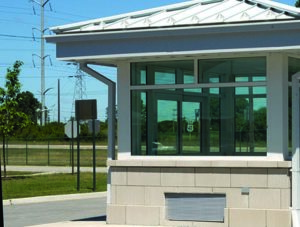 Building & Construction
Building & Construction
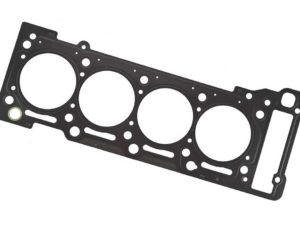 Die Cutters
Die Cutters
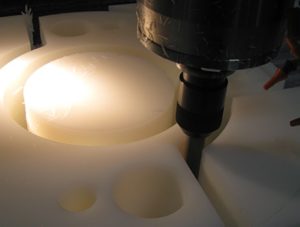 Machine Shops
Machine Shops
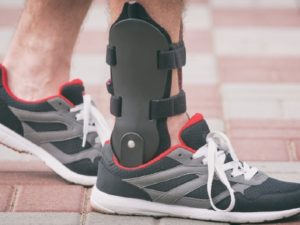 Orthotics
Orthotics
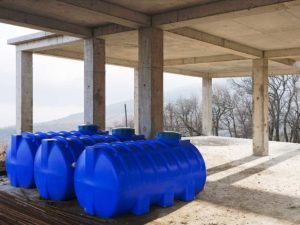 Plastic Storage Tanks
Plastic Storage Tanks
